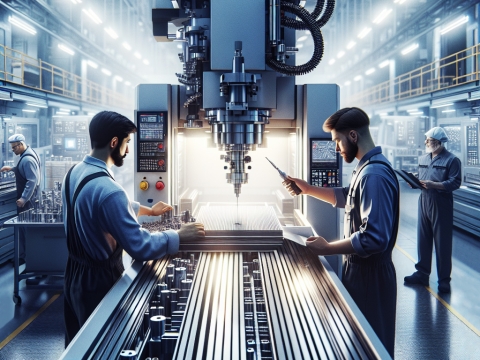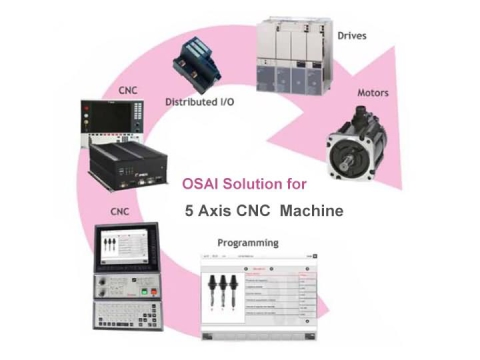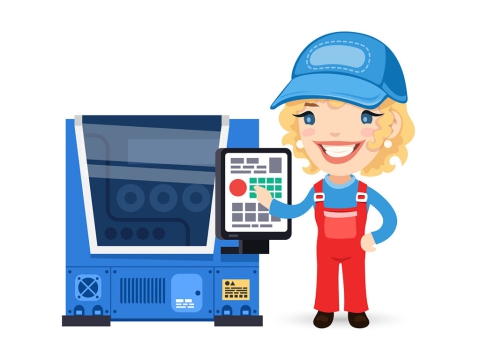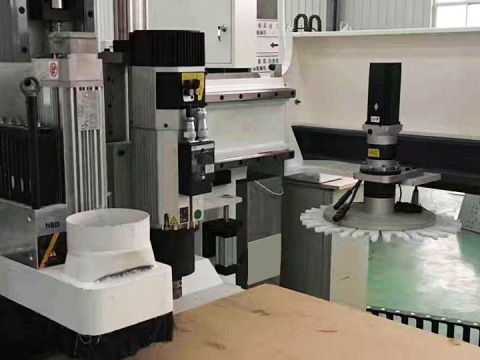Nowadays, two of the most potent technologies are used for mould and product manufacturing, with 3D printing and CNC machining. Yet, what's the difference and which one is good to use for your project? Is a 3D printer a CNC machine? No, while both use digital design to construct physical artifacts, they have distinct approaches. 3D objects are built by deposition in thin layers of material of the material, while the 3 axis CNC machinist is built removing material from solid blocks of material.
To answer the question whether 3D printing or CNC machining should be employed in the response, it is crucial to understand the advantages and disadvantages of each. To put it differently, 3D printing is the tool of choice for technically challenging, small volume, whereas CNC machining is the tool of choice for large volume, high accuracy mass production. Whatever your level of involvement, hobbyist, small or even industrial designer, the choice ultimately boils down to the needs of your particular project.
This article will compare and contrast similarities between 3D printers and CNC machines in order to present a picture of the methods, materials, costs and applications of the two. By comparing their features, we’ll help you decide which technology best suits your needs—whether for low-volume custom parts, high-scale production, or intricate designs.
What is a 3D Printer Exactly?
A 3D printer is a type of machine that makes objects by building them layer by layer. It follows a digital design file, which acts like the blueprint for the printer. It uses materials such as plastic, resin, and metals to make up the desired shape, which usually get melted, cured, or fused in the process.
This technique is known as additive manufacturing, whereby the conventional techniques cut or hack materials to turn them into shapes. It does not take away the material, but 3D printing adds only what is needed. That makes the procedure efficient and reduces waste considerably.
3D printing is also applied in healthcare, automotive, and even construction. They assist in the creation of prototypes, custom tools, and unique designs. Nowadays, accessibility to 3D printing has made them very popular among small businesses and hobbyists. They efficiently bring digital concepts into the real world with precision and speed.
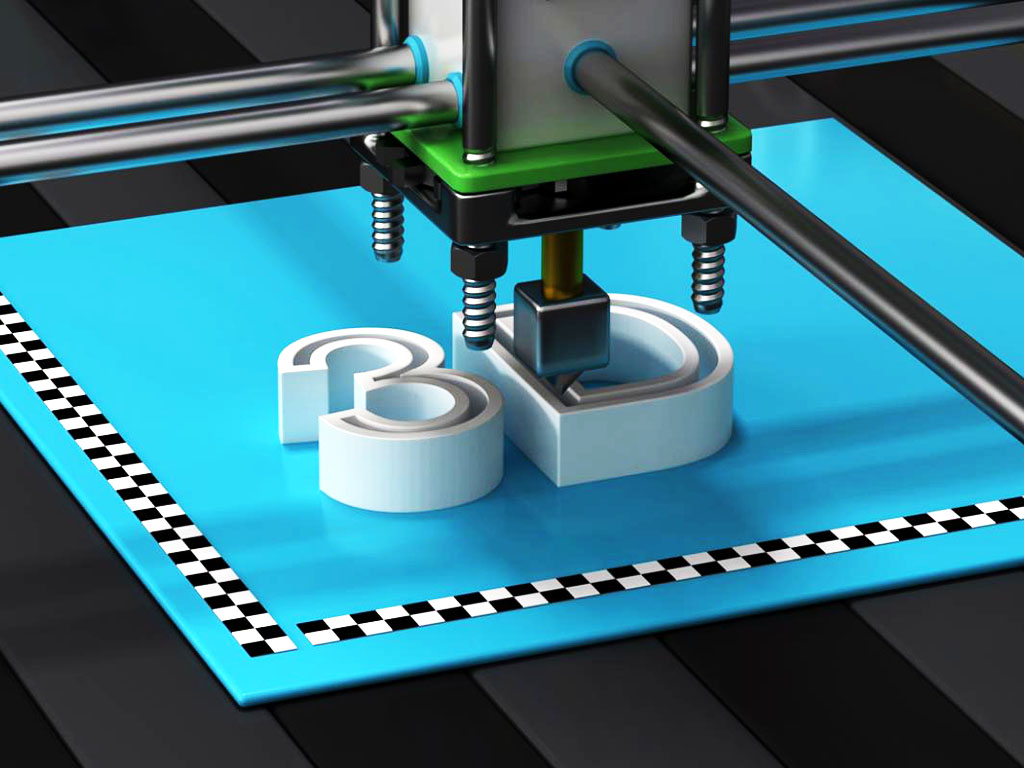
Is a 3D Printer a CNC Machine? Understanding the Connection
In modern manufacturing, terms like "3D Printer" and "CNC Machine" often arise, sparking curiosity about their relationship. Though both are tools to mold material with the help of a digital blueprint, the way has very little in common. Although 3D printers produce a layer of material at a time (additive manufacturing), CNC machines also create in 3D subtractive manufacturing by removing solid material to achieve the final shape. Even so, there are some parallels between the two in terms precision, digital input and their revolutionary effect on industry. For a better idea of how each fits into the mix, you must first recognize what they have in common and what are differentiating factors.
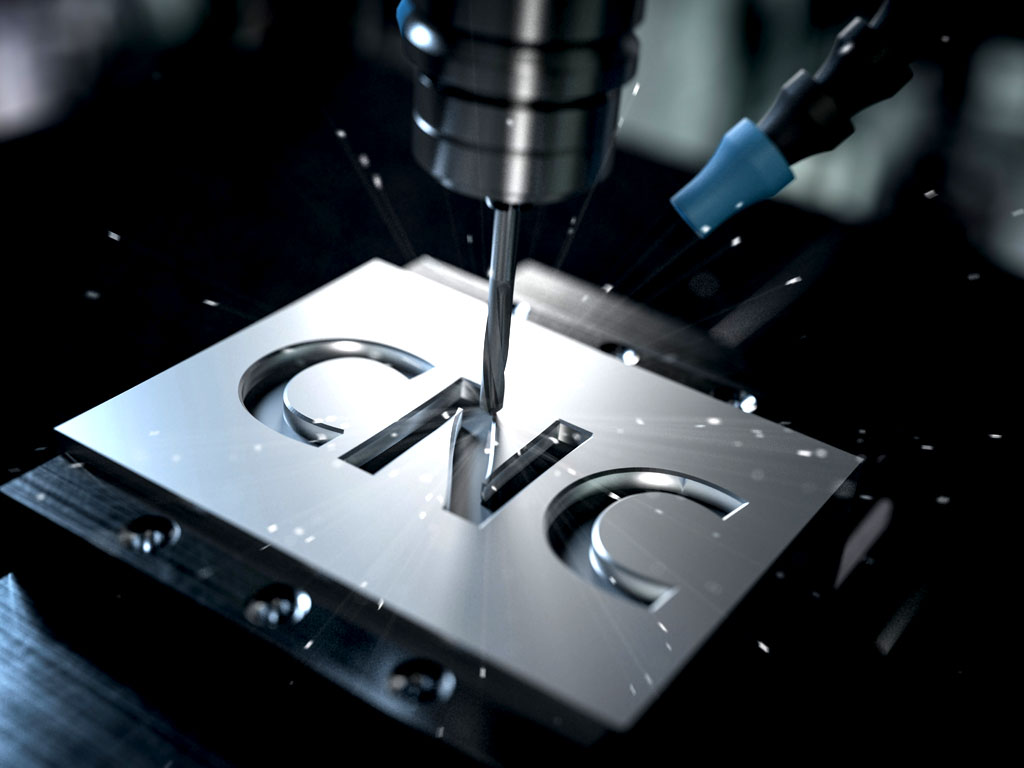
Similarities between 3D Printers and CNC Machines
3D printers and CNC machines in general have brought a revolution to modern manufacturing bringing precision and speed. Although they are different, they share some core tenets that make them some of the most valuable tools on earth in all industries. Recognizing these similarities emphasizes the combined impact they have and therefore guides you in picking the right tool for the use-case.
Computer-Controlled Operations
Both 3D printers and CNC machines rely on computer-aided design (CAD) files to guide their operations. The machine executes precise instructions provided by software, ensuring accuracy in the final output. This shared digital foundation streamlines complex designs and reduces human error.
Precision in Manufacturing
With both tools designed for producing fine detail and high accuracy components. Indispensable to auto, healthcare and aerospace industries, they come in handy for both prototypes and finished products when it comes to replicating fine details.
Versatility across Applications
3D printers, CNC machines are needed for every industry and material. Mechanically, whether its metal or plastic( composite) both work in many substrates so they are your go-to for prototyping and CAD parts as well as mass production.
Automation and Efficiency
Important to both technologies are the automation. Once set up, they run nearly automatically at a fraction of the cost of staff and have predictable outcomes. They are also great for machine intensive tasks at scale due to the automated process of these 3D Printers and CNC Machines.
Integration with Modern Tools
Both technologies integrate seamlessly with advanced manufacturing tools. For instance, hybrid machines combine 3D printing and CNC capabilities, leveraging the best of both worlds for complex projects.
Differences between 3D Printers and CNC Machines
Although both essential to manufacturing, the way 3D printer and CNC machines are used and the results they produce is as big of a disparity. These differences are important to understand in order make sense of tool choice by project needs and goal.
Manufacturing Process
The main difference is the way they work, 3D printers use additive manufacturing to construct objects one layer at a time. CNC machines are totally different; they use the subtractive manufacturing to carve out anything you want out of a solid block of material.
Material Efficiency
3D printing minimizes waste as it uses only the material required to create an object. Conversely, CNC machining often results in leftover scrap, especially when working with large blocks of material. While recyclable, the scrap can increase overall material usage.
Material Compatibility
CNC machines can work on much wider range of materials (metals, woods and even glass) thanks to cutting and carving. Normal 3D printers are restricted to particular plastics, resins + metals only upgradable through the additive way.
Speed and Scalability
CNC machines are faster for large-scale production, efficiently creating multiple identical parts. 3D printers excel in custom or low-volume production but can be slower when creating large quantities due to their layer-by-layer process.
Complexity of Shapes
3D printers can produce highly complex geometries, including hollow structures and intricate internal details, without additional effort. CNC machines, while precise, may struggle with such designs and often require specialized tooling for intricate shapes.
3D printers and CNC machines are very important to current manufacturing, each performing a distinctive attribute able. Awareness the characteristics and differences of both allows companies to command the appropriate instrument for their own and capitalize on their particular distinctive abilities for innovation and productivity.

3D Printing vs. CNC Cost: Machines and Setup
The initial and continuous cost of the machines and setups play a key role in assessing 3D printing versus CNC machining. As a hobbyist or industrial user, each one demands a different level of investment, and these demands vary dramatically in their choices. For attracting a person into the country to either 3D print or CNC fabricate, usually, the machinery and setup costs flow pretty heavily into the decision.
The cost of machines and setup could change what a buyer would want to do between 3D printing and CNC machining. They are for different ends, but understanding how much their structure costs can help come to a proper decision. Below is the comparison between the two costs:
| Aspect | 3D Printing Costs | CNC Machining Costs |
|---|---|---|
| Initial Machine Cost | 3D printers are generally affordable for beginners, with prices starting at a few hundred dollars for desktop models. High-end industrial printers can cost $10,000 to $100,000 depending on size and material compatibility. | CNC machines typically have a higher starting cost, with entry-level units starting at around $5,000. Industrial models with advanced features can exceed $100,000. |
| Material Costs | Filaments, resins, or powders for 3D printing are relatively affordable but depend on the type of material. Costs range from $20 to $200 per kilogram. | CNC material costs vary widely based on the material type, with metals being particularly expensive. The waste generated also adds to material costs. |
| Setup and Installation | Minimal setup is needed for 3D printers; most are plug-and-play, requiring basic calibration. Software costs are often included or relatively low. | CNC machines often require more complex installation, including calibration, tooling, and operator training. Setup costs can add thousands to the total investment. |
| Operational Costs | Lower energy consumption and minimal maintenance requirements keep running costs low for 3D printers. | CNC machines consume more energy and require regular maintenance, increasing operational expenses over time. |
While 3D printing offers a lower barrier to entry and cost efficiency for small-scale or custom jobs, CNC machining, though more expensive upfront, excels in handling heavy-duty industrial projects and large-scale production.

Choosing Between 3D Printing and CNC Machining: Which Is Right for Your Needs?
In choosing between 3D printing and CNC machining, it is very important to keep in mind your individual specifications, project requirements styles, and objectives in the long term. Each technology has its advantages, and the best choice can depend on a number of factors such as material, complexity, speed, and costs. Let’s break them down for you to help choose which one would be better for your project!
Consider the Material You Need to Work With
CNC machining includes much more different ranging materials such as metals, woods, plastics, and composites, thus best serving strong, durable component applications for industries like aerospace or automotive. Commonly, there are limits to plastics, resins, or special metals with 3D printing. If your application requires something comprehensive beyond regular, difficult materials, CNC machining is the best option.
Complexity of the Design
If the intended project needs highly intricate and complex shapes, you might be advised to go for 3D printing. The technology has a record of producing objects with internal cavities, unique geometries, and complex structures without additional tooling. In CNC machining, although it is precise, special tools might be required, and multiple operations would be needed to achieve that. So consider choosing 3D printing for custom or one-off parts with complex features.
Production Volume and Speed
3D printing is the fastest and most cost-effective for low volumes or prototyping. It is just fine for short production runs of custom parts or prototypes, as expensive tooling is unnecessary for these types of production. CNC machining, however, is far more positive in producing identical copies when many are needed because of the high speed and repeatability for this type of production.
Cost Considerations
CNC machining often involves high initial expense, as it requires specialized equipment, tooling, and setup; however, it generally becomes more cost-effective over the long run if producing high volumes of identical pieces. 3D printing will present much lower cost options for use in low production runs or prototyping, as it has fewer time and materials set-up costs.
Expensive equipment, tooling, and initial cost setup usually characterize CNC Machining to be more favored but consider other factors before settling for either 3D printing or CNC machining. Consider CNC when you require versatility in materials, speed at which designs run, and cost that will be realized for simple designs. Consider the other factors if you need advanced geometries, complex shapes, low volume runs, and ease of use, which best describe the advantages of using 3D printing.
